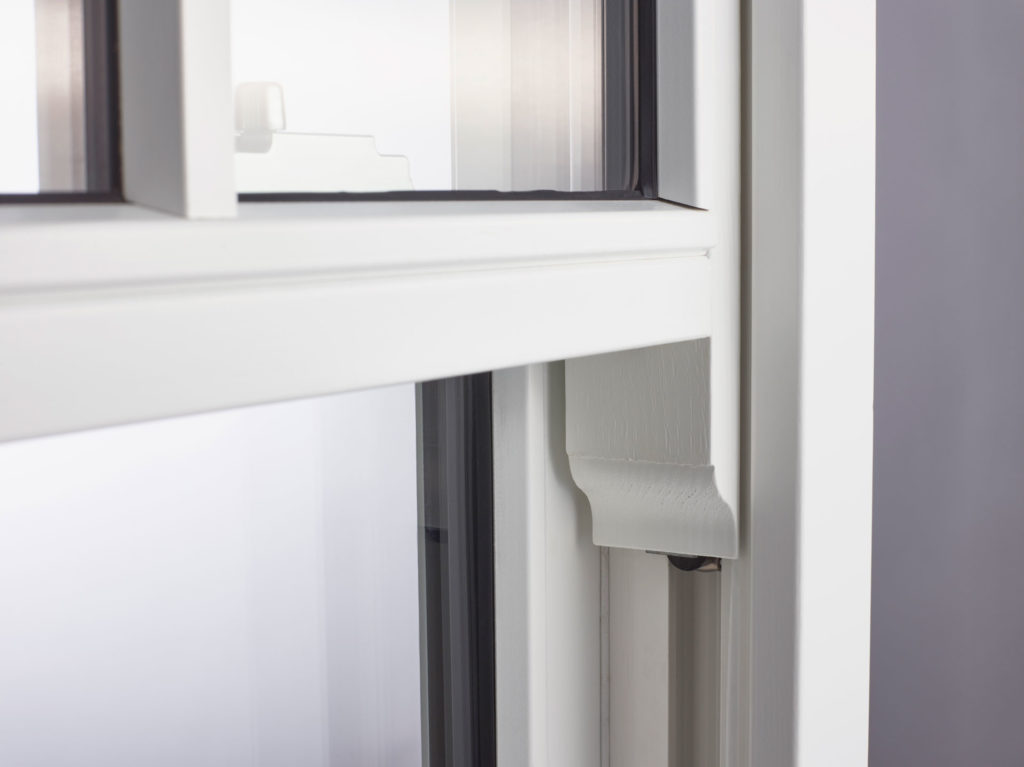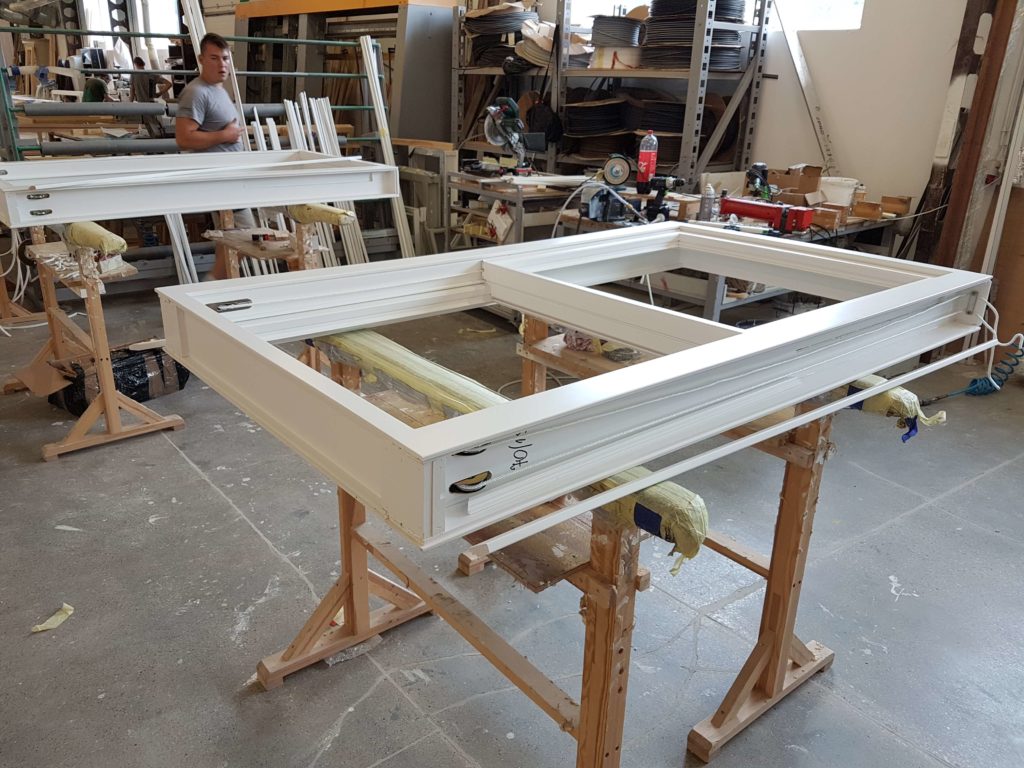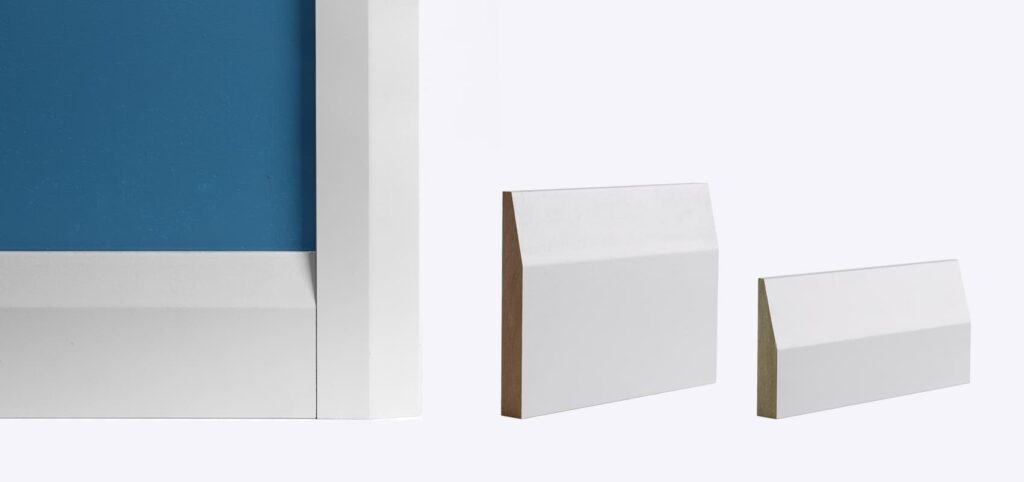Glossary of Sash Window Terms

Sash windows are an elegant and perpetually popular style of window. Having risen in favour during the Georgian era, sash windows can be found on buildings old and new across the UK. Although you may be familiar with how they look, or even how they operate, you would certainly be forgiven for not knowing all the terminology surrounding these classic windows. However, if you’ve recently moved to a house with sash windows, need a replacement sash window, or if you’re just trying to fix one, knowing sash window terminology and jargon can be very useful.
Below, we have compiled a glossary of sash window terms to help you distinguish your stiles from your sash horns and get to know these windows better.
Sash window terminology & definitions:
Window types & mechanisms:
Cords and weights sash window: (also pulleys and weights) a traditional form of sash window where the window operates using a system of cords and weights. The opening sash has cords attached which run over pulleys and attach to a weight which counterbalances the sash.

Box sash window: another name for cords and weights sash windows. The cords and weights system is housed in the window’s frame, also known as a ‘window box’, hence the name.
Spiral balance sash window: a modern form of sash window which uses springs to counterbalance the sash, allowing it to be opened with ease. The springs replace the need for cords and weights.
Sliding sash window: a generic term for any sash windows which open, named as such due to the vertical sliding movement of all sash windows when opened.
Single hung: a sash window where one sash opens and closes and the other is fixed/immovable.
Double hung: a sash window where both sashes operate/move.
1 over 1, 2 over 2, 6 over 2 etc: styles of sash window. The numbers refer to the number of panels of glass per sash. For example, 6 over 2 would refer to a sash window with six panels of glass in the upper sash and two in the lower sash.
Window parts:
Architrave: decorative moulding around the window frame. This serves to cover the join between the window frame and the wall.

Beading: (also window beads) window beading is simply a strip of wood. It can be moulded and used decoratively or it can have a practical function to reinforce the meeting of two straight edges or parts.
Bottom rail: the horizontal bar of wood at the bottom of the lower sash. It is often wider than other rails.
Box: (also case or frame) another name for the window frame of a box sash window. Known as a box due to the weight boxes/pockets within the frame that house the cords and weights system for operating the window.
Fastener: the lock which latches together the upper and lower sashes when they’re both closed, thus locking them shut.
Glazing bar: (also sash bars, muntin or astragal bar) the bars that separate the panes of glass within the window. Originally, glass could only be made in small panes and the glazing bars physically held the panes together. Nowadays, they are just generally just used decoratively.
Lite: an individual pane of glass within a window.
Lower sash: the bottom framed section of the window which holds the glass. The lower sash always tends to be movable.
Meeting rail: the top rail of the lower sash and the bottom rail of the upper sash. They meet in the middle of the window when closed, overlapping to prevent any gaps.
Moulding: a shaped or contoured strip of wood used for decorative purposes.
Parting bead: a long wooden strip set into a groove – it separates the upper and lower sashes and holds them in place so they can move smoothly past each other.
Pulley: (also pulley wheel) a wheel through which the sash cords pass, connecting to the weights. Forms part of the counterbalancing operating system of box sash windows, allowing smooth movement.
Sash: the framed section of window which holds the glass. Sash windows generally have two sashes which can either both move, or one can be fixed whilst the other is movable.
Sash cord: the rope like material which connects the sash to the counterbalancing weight, forming a key part of the operation of sash windows.
Sash horn: ornate extensions of the stiles, generally found on the bottom corners of the upper sash. Originally these were used to provide extra strength to joints, but now are just used as decorative additions to replicate traditional sash windows.
Sash lift: a small handle, often in a pair, attached to the inside of the lower sash to help with opening the window.
Sill: (also cill) the horizontal base at the bottom of the window frame, extending outwards. On the outside of the window, the sill is angled slightly downwards to encourage rainwater runoff.
Stile: (also side rail) the vertical bars of wood at either side of the sash.
Top rail: the horizontal bar of wood at the top of the upper sash.
Upper sash: the top framed section of the window which holds the glass. Upper sashes can be movable or fixed.
Weight pocket: (also weight cavity or weight box) the concealed space within the vertical sides of the window frame where the weights hang and move up and down when the window is operated.
Weights: (also counterweights) bars of metal, often lead or iron, which are attached with the sash cords to the window sashes, providing a counterbalance so the sash can be moved and held open.
We hope that you find this list of sash window terms useful and that it helps you understand some of the jargon surrounding this kind of window.
If you are looking for new timber sash windows, we have a range of traditional box sash windows, spiral balance windows and JELD-WEN sliding sash windows. Have a browse to see the options available and don’t hesitate to get in touch with any enquiries.
Sash Windows:
Opening Hours:
Monday – Friday: 8:30–5pm
Saturday & Sunday: Closed
CALL US TODAY ON:
01205 363 999
EMAIL US:
Free Delivery to all UK Mainland Orders!
With our expert advice, we can help you find the best style for your property all whilst you benefit from modern high performance and security advancements. Enquire about your bespoke windows today!

